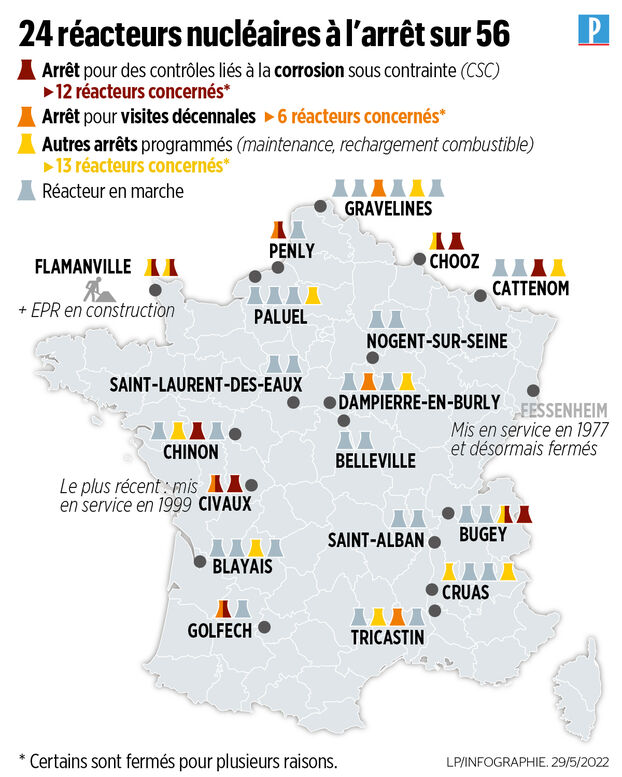In the French energy landscape, the government is facing a significant challenge: to get its energy strategy adopted without avoiding parliamentary debate. The third Multi-annual Energy Programming, despite its ambitious goals regarding nuclear and renewable energies, will not suffice with a simple decree. A crucial vote has become essential to seal the country’s energy future, as public consultation and political tensions escalate. The specter of a more binding energy programming law continues to loom, capturing the attention of decision-makers and citizens alike.
The Multi-annual Energy Programming (PPE3) sets out new ambitious goals for the energy development of France. This roadmap, which plans for the construction of new nuclear reactors and the massive expansion of renewable energies, must be adopted by decree. However, such a decree will not be enough; a law is needed to validate these orientations and address the challenges related to carbon neutrality by 2050.
Despite the extensive consultation conducted with the report Energy Futures 2050, several significant alternative scenarios have been overlooked. The government has favored a strategy that relies on both nuclear and renewables, without taking into account all the issues related to raw materials and changes in lifestyles.
Amid an energy crisis, tensions within the government are rising. Although separate laws have been passed to accelerate the development of nuclear and renewable energies, a genuine public debate on the energy strategy is notably lacking. Thus, the ambitious targets, particularly for offshore wind and biodiesel, cannot be fully addressed without legislative revision.

Table des matières
Togglethe PPE3 and the legislative imperative
The establishment of the Multi-annual Energy Programming (PPE3) in France opens the door to a crucial deliberation on the country’s energy future. Planned to run until 2035, it sets ambitious targets for renewable energies, but also for nuclear. However, despite its importance, the PPE3 can only be validated by a decree, and for its full implementation, a law will be necessary. The government cannot evade this essential legislative process to transform these intentions into concrete actions. With Olga Givernet announcing the presentation of PPE3 planned for the first quarter of 2025, it is clear that the decisions will be key to the French energy strategy.
a divisive strategy
The various positions regarding the energy strategy evoke divergent opinions. The Energy Futures 2050 report from RTE recommended massive electrification and an increase in production capacity to achieve carbon neutrality by 2050. This led to the proposal of six scenarios, diversified between renewables and nuclear, presented to the government. Other options, including those from the Shift Project and Ademe, envisioned an integrated approach that includes raw materials and consumption behaviors. Despite these alternatives, the current energy trajectory leans towards the expansion of renewable energies and the construction of new nuclear reactors, a choice that has been supported by Emmanuel Macron in Belfort in February 2022.
In the face of the energy urgency exacerbated by the conflict in Ukraine, RTE has advocated for increased commitment to sobriety and energy efficiency. However, although separate laws have been passed to accelerate the development of renewables and nuclear, the absence of a genuine programmatic pillar calls into question the effectiveness of this approach. The postponement of the legislative debate on energy strategy until mid-2023 reflects the tensions and uncertainties surrounding this issue.
challenges for renewables and nuclear
The public consultation on PPE3, ongoing until December 15, has revealed ambitious goals for renewable energies; legislative adjustments may be necessary. This policy, based on four pillars, focuses on nuclear, renewables, sobriety, and energy efficiency. According to forecasts, the objective is to achieve 18 GW of offshore wind by 2035, compared to the current 1.5 GW. At the same time, significant commitments are made to support the emergence of new technologies such as EDF’s Nuward SMR and the design of a prototype of a small nuclear reactor projected for 2030. Nevertheless, the validity of these ambitions will depend on a law, as highlighted by the Ministry of Energy.
“`





